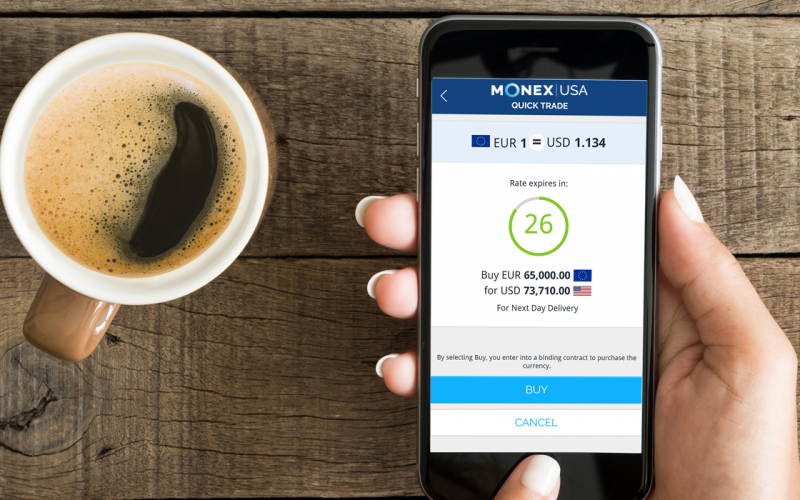As the sending institution, Monex’ bank never deducts fees.
We guarantee that our banking partners are sending the full amount of the payment 100% of the time. We do what we can to make payments as simple and transparent as possible, but the cross-border payments world doesn’t always make that easy. While infrequently, we are aware that recipients may receive less than the amount we’ve instructed them to receive. The following information explains why fees may be deducted along the way from a cross-border payment and what can be done to avoid them.
Sending Bank Charges: In the most basic payment, there are two banks involved in a wire transfer, the sending bank, and the receiving bank. The sending bank is Monex’ bank, and again, they never deduct a fee.
Receiving Bank Charges: The receiving bank, or the recipient’s bank, may charge an incoming wire fee—this varies by financial institution. Monex does not have control over these charges since these would be negotiated between the recipient and their bank.
Intermediary Bank Charges: Often the sending bank and receiving bank don’t have a direct relationship—and a third bank, known as an intermediary or correspondent bank, will also be involved in the payment.
TEMPUS does not have control over if the receiving bank or intermediary bank charges a fee. However, Monex can have some influence as to who is charged when a charge is made. This is done through a charge indicator that is included in the payment. The three charge indicators are as follows:
- BEN: Charges are borne by the recipient.
- SHA: Charges are shared between the sender (TEMPUS) and the recipient.
- OUR: Charges are borne by the sender (TEMPUS).
By default, Monex sends all cross-border payments with charges SHA. This does not influence whether there will be a charge or not it only instructs the intermediary who to charge if a fee is to be charged. Monex can send payments with charges OUR, however, it is extremely costly. So, if it is necessary, talk to your Monex representative to discuss pricing options for sending payments with charges OUR.
Best practices to avoid fee deductions:
The receiver can challenge their bank when it comes to receiving bank charges. In many instances, the bank will refund the receiver and/or adjust their fee structure. It is important to be aware of the fees that you will be charged when opening an account with any financial institution.
Provide a preferred intermediary bank that the receiving bank has a relationship with. When an intermediary is necessary, and one is not provided—the sending bank is selecting one on the receiver’s behalf, which may not be the optimal choice and could result in intermediary bank charges. Providing a bank that has a relationship with the receiving bank can minimize the fees charged.
While charges vary by the financial institution, a few countries stand out in having banks that more commonly charge fees:
- Italy
- Japan
- South Africa
If you have any questions or further information is required, please contact your Monex representative.





